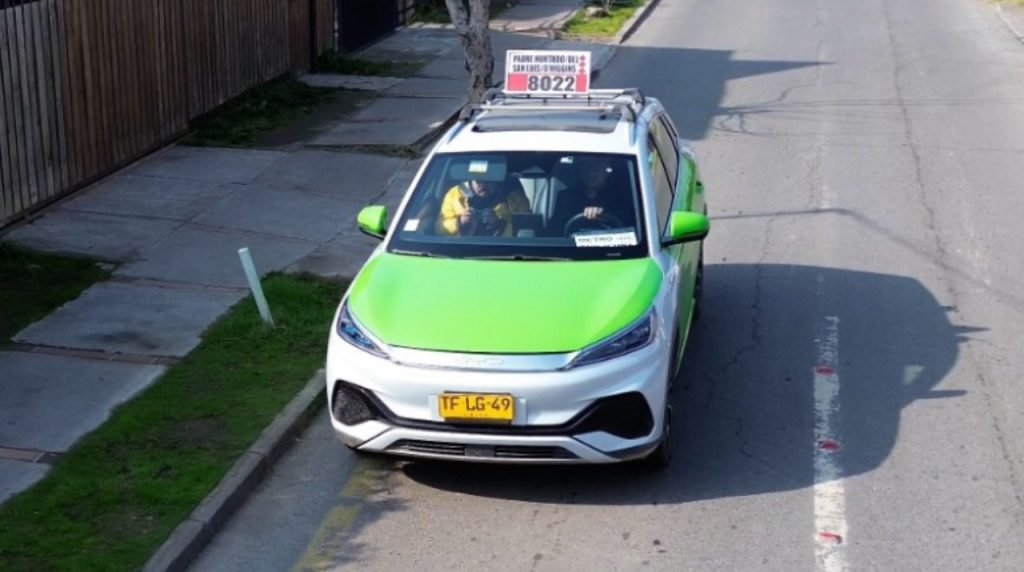The Mi Taxi Eléctrico (MTE) program, led by the Ministry of Energy along with Chile’s Energy Sustainability Agency (AgenciaSE), is a key initiative within the “National Electromobility Strategy”.
This strategy, driven by the Ministry of Energy, aims to ensure that by 2035, 100% of public transportation will be electric, and all new vehicles will be zero emissions.
Since its launch in 2021, MTE has undergone constant evolution through its different versions, aiming to benefit 831 taxi drivers.
Related content: Chile advances in initiatives to promote sustainable mobility

This progress has been made possible thanks to an investment exceeding 16 billion pesos. The success of the program has been rooted in a collaborative approach between the public and private sectors, which has been crucial in overcoming the regulatory and technical challenges associated with the transition to electromobility.
Mi Taxi Eléctrico in Chile
The core pillars of the Mi Taxi Eléctrico (MTE) program are clear and effective: co-financing of up to 16 million pesos for the purchase of electric vehicles and the installation of home charging infrastructure.
These measures aim to reduce the economic barrier faced by drivers, enabling more electric taxis to circulate in our cities, thus promoting cleaner and more sustainable transportation.
The program offers several key benefits, including the reduction of greenhouse gas emissions, such as CO2, and a decrease in the noise generated by traditional vehicles.

Finally, drivers benefit from operational savings due to the increased efficiency of electric vehicles. So far, the program has achieved a reduction of 908 tons of CO2, with projections estimating a total reduction of 33,759 tons over the lifespan of the electric taxis.







